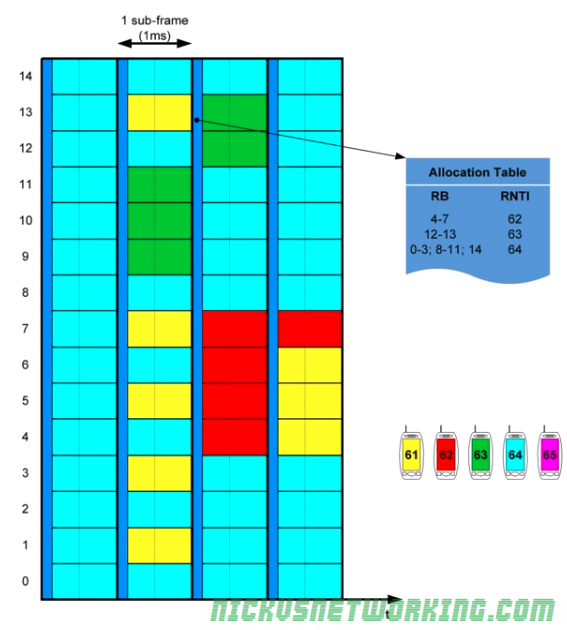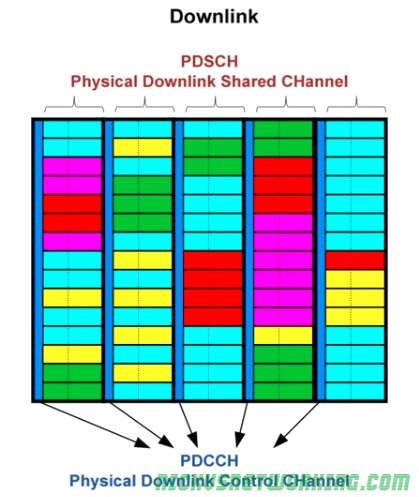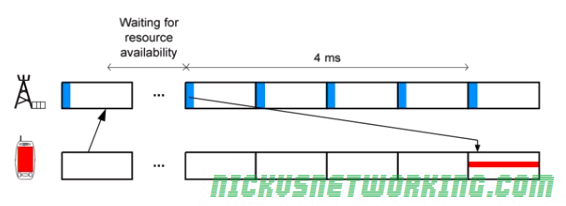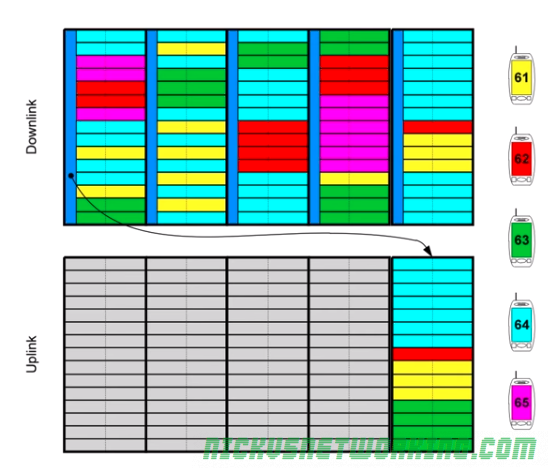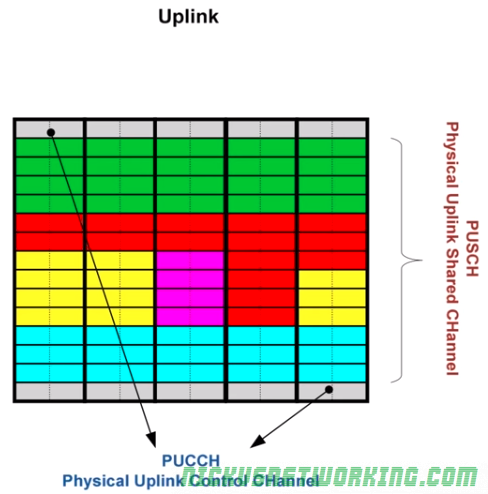These are my lecture notes from IMT’s NET02x (4G Network Essentials) course, I thought I’d post them here as they may be useful to someone. You can find my complete notes here.
As we saw with the Network Triggered Service Request, the network needs to know which eNB / cell the UE is currently being served by.
The UE knows which cell it should use as it’s always listening on the broadcast channel to know the received power levels of the nearby eNBs.
Paging
If our UE is in ECM IDLE state and the network needs to contact the UE, the eNB sends sends a Paging Request on the Beacon (Broadcast) Channel with the UE’s RNTI.
The UE is always listening on the Beacon Channel for it’s own RNTI, and when it hears it’s own RNTI it follows the process to come back from ECM_IDLE state to ECM_CONNECTED state.
For this to work the network needs to know which eNB to send the Paging request to.
For this to work our UE would need to inform the network each time it changes eNB, but, as we’ve touched upon several times, minimizing power consumption is a constant architecture constraint in LTE.
So if the UE has to transmit each time a UE moves to a different eNB / Cell, the UE power consumption would be high and the battery life of the UE would be low.
If we imagine driving along a freeway at speed, with each eNB serving an area of 1km, at 60kph, our UE would change cells every minute, and if the UE needs to transmit to let the network know it’s changing location, we’d be transmitting data every 60 seconds even if the UE is sitting in our pocket, all these transmissions would lead to lower battery life on the UE.
Tracking Areas
To work around the power wastage of each UE transmitting data to the network to let it know each time it changes eNB, 3GPP designers decided to group eNBs in the same geographic area into Tracking Areas or TAs.
This means instead of the network knowing exactly which eNB a UE is located in, it has it’s location down to a tracking area made up of several eNBs. (Tens to hundreds of cells per TA)
To go back to our freeway example, we might group all the eNBs along a freeway into one Tracking Area, all of which broadcast the ID of each eNB and the Tracking Area of each eNB.
As the UE moves from one eNB to another eNB in the same Tracking Area, there’s no need for the UE to send a Tracking Area Update message as it’s reamining in the same Tracking Area.
Tracking Area Update messages only need to be sent when the UE moves to an eNB in a different Tracking Area.
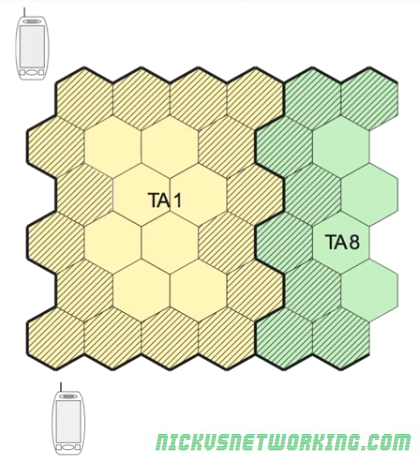
Only when a UE moves from a eNB / cell in TA1 to TA2, does it need to send a Tracking Area Update message to the network.
Paging a Tracking Area
As the network knows the location of our UE down to a tracking area, when it comes time to Page a UE a Paging Request is simply sent from the MME to all eNBs in the Tracking Area that the UE is in.
This means the RNTI of the UE is broadcast out of all eNBs in that tracking Area, and the UE establishes connectivity once again with it’s nearest eNB.
